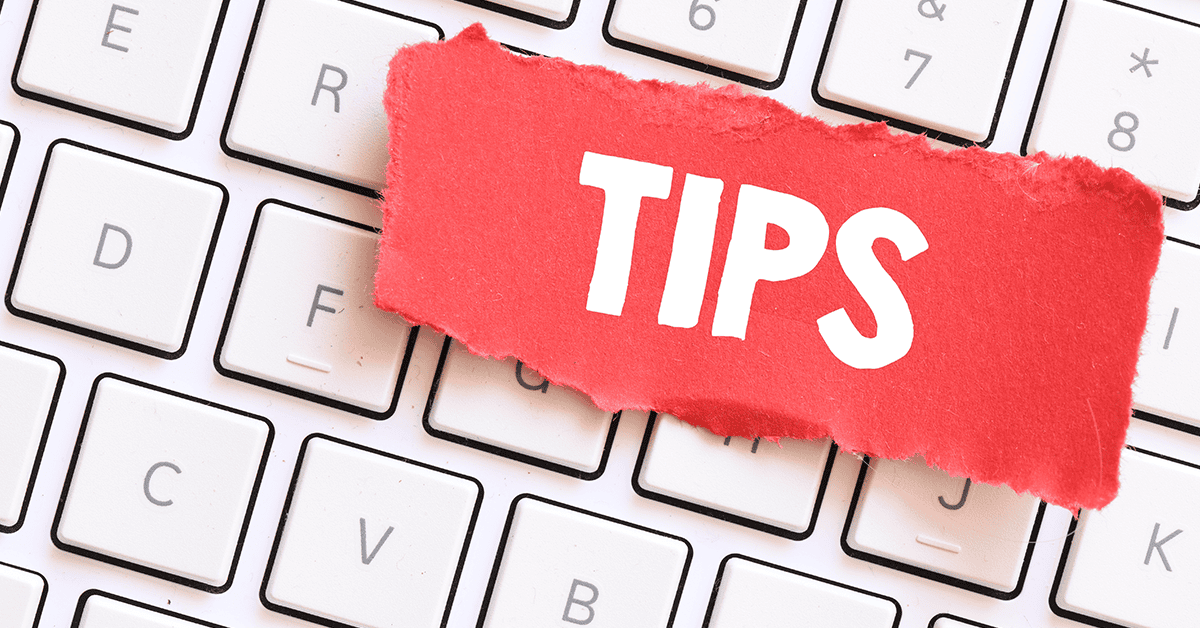
Government small business grants for women have helped female entrepreneurs overcome barriers, with over 12 million women-owned businesses employing more than 10.1 million workers.
As the U.S. government and private investors recognize their importance, several rose to prominence during the COVID-19 pandemic. Government grants tailored to support women entrepreneurs were offered to eligible businesses.
However, this 2023, many of these grant programs have closed. But worry not as there are lots of options available. If you are a women-owned start-up or seeking growth, these grants can help you unlock several untapped opportunities for your business.
What Are Small Business Grants for Women?

Small business grants are a sum of money usually provided by the government to women-owned small businesses. They exist because female entrepreneurs have historically been disadvantaged in the industry compared to their male counterparts. Most large-scale or lucrative business funding opportunities are reserved for men and large corporations. Nevertheless, the landscape has recently changed.
There are many small business grants for women for different purposes and the easiest way to receive business grants is by visiting the Small Business Administration site. This office can help you determine how much funding you need. You can obtain small business loans of up to $5.5 million and further assist you in learning about investment programs.
How Do Grants Work?
Nonprofit organizations, government agencies, and private organizations issue grants for women-owned small businesses. Unlike loans, which need to be paid back with interest, grants are money you don’t have to pay back. However, the grant application process takes longer and can be rigorous. Thus, you must meet several requirements to qualify.
Women-owned businesses should start researching federally sponsored grants at state and local levels. Prerequisites are less and there is less competition than federal-level government grants.
List of Government Small Business Grants for Women
Here is a list of small business grants for women that you may want to consider applying for.
NIH Grants

The National Institute of Health (NIH) supports academic scientists throughout the U.S., offering about $1.2 billion in seed funding. It aims to help small businesses develop and commercialize innovative projects. The NIH actively sponsors scientists in conducting clinical and fundamental science research endeavors.
As one of the largest providers of medical research in the world, it bestows various grant types based on research duration, type, and budget. Despite the increase in the proportion of female researchers who have secured NIH grants, a gap persists compared to their male counterparts.
While more female doctoral graduates rise and rectify this disparity in funding, it becomes crucial to address the federal funding imbalance. NIH grants use activity codes to distinguish diverse research-related programs it supports.
U.S. Department of Agriculture Rural Business Development Grants

USDA Rural Business Development grants (RBDG) offer funding from $10,000 to $500,000. These grants support projects that promote the growth and sustainability of small and emerging private sector businesses in rural areas with resource constraints.
The USDA provides technical assistance to these businesses across the U.S. It includes developing and implementing business plans, offering marketing support, and strategizing job creation. There are 19 distinct USDA-led programs under the rural development business umbrella.
Additionally, there are two types of program grants: the enterprise grants and opportunity grants. The funding ceiling for opportunity grants is $50,000 and the total allocation for this grant is limited to up to 10% of the entire annual funding for the RBDG program. Meanwhile, enterprise grants have no limitations, but smaller requests are prioritized.
Who is eligible?
- Authorities, state agencies, and communities
- Rural nonprofit organizations
- Indian tribes
- Small and private businesses with less than 50 employees
- With projected gross revenue of less than $1 million
- Operates in a rural area with a population of less than 50,000
Small Business Technology Transfer Program (STTR) and Small Business Innovation Research Grants (SBIR)

The Small Business Innovation Research (SBIR) and Small Business Technology Transfer (STTR) programs promote innovation in small businesses by encouraging federal research and development commercialization. These competitive programs prompt small businesses to use their technology for profit.
Engaging small businesses in research and development helps address research needs and boosts entrepreneurship. These programs are also known as America’s seed fund, with $1.3 billion for early-stage small businesses support through NIH’s R&D funding.
SBIR and STTR programs have three phases:
- Phase I. Assesses feasibility and commercial potential with up to $250,000 in funding.
- Phase II. Extends research and development based on Phase I results, with up to $750,000 in funding.
- Phase III. Commercialization without funding
Who is eligible?
- Fewer than 500 employees, including affiliates
- Must be a legal entity (proprietorship, partnership, LLC, corporation, joint venture, etc.)
- Organized for profit with a physical location in the U.S.
- Must be more than 50% owned by and controlled by a U.S. citizen or U.S. permanent resident alien
New York State MWBE Grant Program

The New York State Grant program helps minority and women-owned businesses through loans, grants, and money. They can receive offers of up to $50,000 to grow and reach new markets.
This program assists businesses by working with local groups, supporting government contractors, giving money directly, helping businesses start, and offering advice. Businesses can join by getting certified as women-owned or minority-owned businesses with at least $15,000 in annual revenue.
Who is eligible?
- Certified minority and or women-owned business enterprises
- Agencies
- Authorities
- Administering corporations
- Banking organizations
- Incubator sponsors
- Municipalities
- Technical assistance providers
State Trade Expansion Program Grant

The Small Business Administration funds the State Trade Expansion Program (STEP) grant to help small businesses venture into international markets. The grant details and eligibility differ by state. The funds can cover export trade show participation, international marketing materials, and website globalization.
Small businesses can be awarded within their state and access resources for global growth. Over $200 million has been awarded to enhance small business exports.
Tips to Easily Win a Business Grant

Choose the Right Grant
The first step is to find a grant. There are several websites like Grants.gov and the Small Business Administration where you can search for local small business grants. After listing a few potential grants, consider the type that is suitable for your business. Businesses belonging to eco-friendly sectors or veteran-owned businesses have advantages in qualifying for specific grants.
If your organization provides quality education to disadvantaged students, applying for a grant to start after-school tutoring programs has a higher chance of success. Start your search for grant providers locally and gradually expand your search nationally to explore more options.
Create a Strong Business Plan
A business plan is a formal statement outlining your organization’s goals and strategies. This is necessary for grant applications because it demonstrates your idea’s viability as a business venture. It demonstrates your understanding of your own business operations and the financial resources needed to succeed.
Highlight how your small business plans to keep up with the project’s impact beyond the grant duration because grant providers look for initiatives that last even after the funding period.
Here’s what a business plan should contain:
- The company’s executive summary
- Overview of the company’s structure
- Description and use cases of your products and services
- Market analysis explaining how you can cater to the target market’s needs
- A clear strategy on how you will address risks tied to your specific project
- A financial forecast with three full financial statements for your cash flow statement, profit and loss statement, and balance sheet
Hire a Professional
Grant writing requires expertise, skill, and experience to ensure your grant application’s success. Professional grant writers can craft compelling proposals and know how to navigate the bureaucracy of different federal agencies. Set some standards when selecting a grant writer for your organization, and identify the qualities of an ideal grant writer for your business.
Steps to Follow when Applying for Small Business Grants

1. Start researching
If you are interested in applying for a small business grant, it’s best to familiarize yourself with the prerequisites and the procedures involved. To embark on some research, follow these steps:
- Check the application deadline. Some grants have brief submission windows. So, if there isn’t enough time to facilitate the submission of your application, postpone it for the time being. You can either check again the following year or seek alternative funding opportunities.
- Check potential partners and ensure their legitimacy as organizations that are capable of financially supporting your business. Get an insight on the projects they endorse and determine if they resemble yours.
2. Check your eligibility
The least desirable scenario for women business owners is investing much effort into a grant application only to discover that they don’t meet the eligibility requirements. Thoroughly read into the eligibility criteria and assess if you meet the prerequisites.
If still in doubt, contact a representative from the issuing organization for clarification. Here are some of the most common criteria for women-owned small businesses:
- Must be located in a specific geographical region
- Must be operating for a specific duration
- Must meet the specific number of employees
- Must generate a revenue below a certain annual threshold
3. Send your applications
The next step in preparing for a grant application is submitting one. For your first attempt, choose a modest grant worth around $1000. This helps you practice with applications with less demand, effort, and time. As you become more familiar with the process, you can gradually seek more applications with greater funding.
Acquiring grant writing skills is also valuable. After writing compelling applications, have at least two individuals review and proofread them. Ideally, one of the reviewers must be unfamiliar with your business. They can help spot typographical errors, and their unbiased perspective can assess the clarity of the plan.
Finally, submitting your application early is important because grants have strict deadlines. Missing the cutoff can cause the application not to be taken into consideration. So, work on your application as soon as possible and submit it promptly to maximize your chances of securing funding.
4. Track your progress and follow up
The final step is to monitor your progress. This practice helps you learn from your mistakes and refine your future strategies. It is also useful in gauging whether new resources or programs could assist you in discovering the right grant opportunities.
To accomplish this, you can:
- Document the feedback you receive from applications you applied to
- Keep a record of the grant contract person’s name, position, and other relevant information about their role within the organization
- Create a spreadsheet containing all the grants you’ve applied for with notes detailing the feedback and additional information requests
Most grant-making organizations have an online system to track your application’s status. If you haven’t received anything after a few weeks, check your application’s status to ensure it was received and is under review.
Wrapping up
Government grants are an excellent source of funding for entrepreneurs, especially those who are not seeking traditional bank loans. Women have an advantage on grants geared toward small business owners. The only thing interested parties should do is to learn the ropes in order to obtain the much needed grant.



